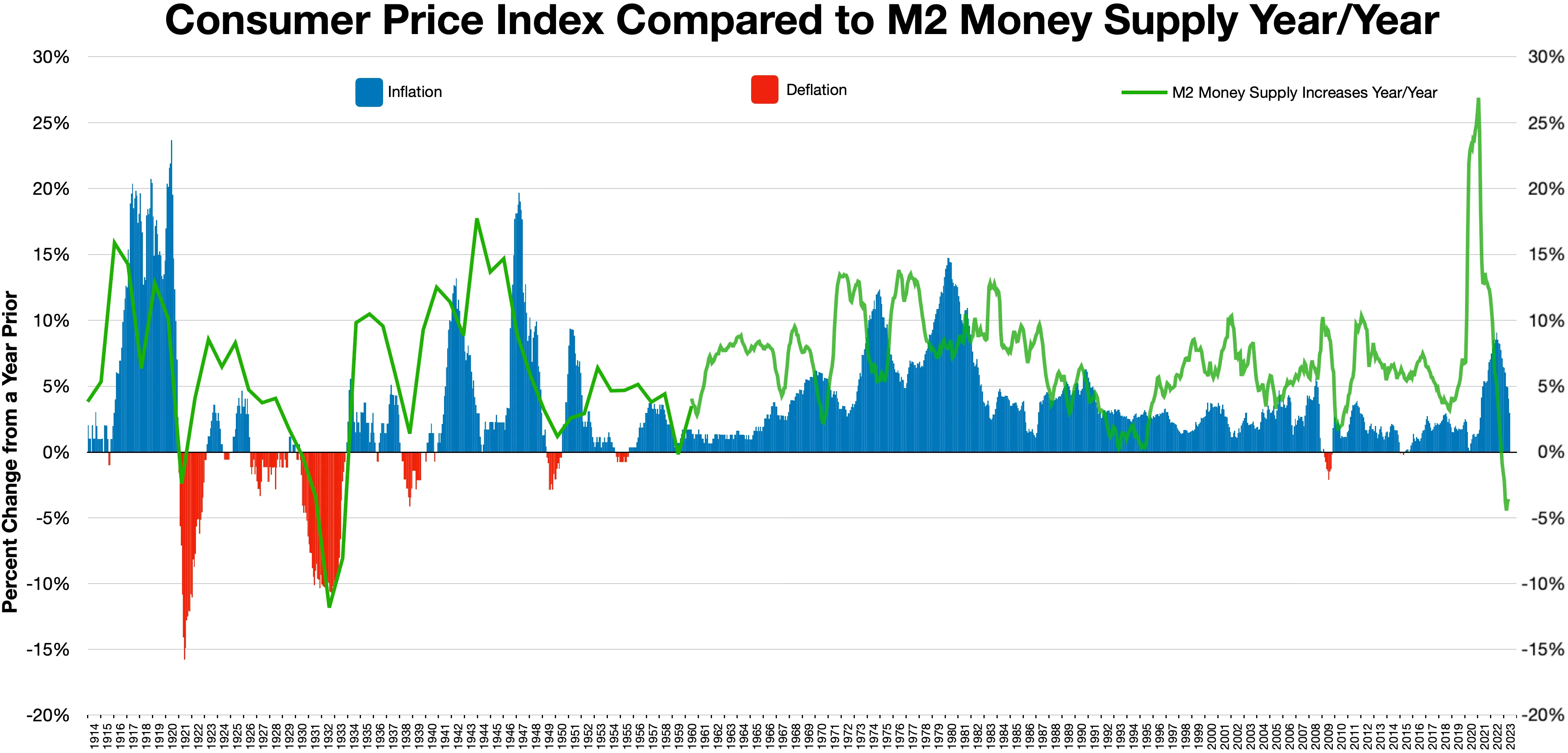Friedman's K-percent Rule on:
[Wikipedia]
[Google]
[Amazon]
 In
In
Friedman's Money Supply Rule vs. Optimal Interest Rate Policy
Model Uncertainty and Delegation: A Case for Friedman's k-percent Money Growth Rule
A K-Percent Rule for Monetary Policy in West Germany
Rules, discretion and reputation in a model of monetary policy, Robert J. Barro, David B. Gordon
Discretion versus policy rules in practice, John B. Taylor
 In
In macroeconomics
Macroeconomics is a branch of economics that deals with the performance, structure, behavior, and decision-making of an economy as a whole. This includes regional, national, and global economies. Macroeconomists study topics such as output (econ ...
, Friedman's k-percent rule (named for Milton Friedman
Milton Friedman (; July 31, 1912 – November 16, 2006) was an American economist and statistician who received the 1976 Nobel Memorial Prize in Economic Sciences for his research on consumption analysis, monetary history and theory and ...
) is the monetarist
Monetarism is a school of thought in monetary economics that emphasizes the role of policy-makers in controlling the amount of money in circulation. It gained prominence in the 1970s, but was mostly abandoned as a direct guidance to monetary ...
proposal that the money supply
In macroeconomics, money supply (or money stock) refers to the total volume of money held by the public at a particular point in time. There are several ways to define "money", but standard measures usually include currency in circulation (i ...
should be increased by the central bank
A central bank, reserve bank, national bank, or monetary authority is an institution that manages the monetary policy of a country or monetary union. In contrast to a commercial bank, a central bank possesses a monopoly on increasing the mo ...
by a constant percentage
In mathematics, a percentage () is a number or ratio expressed as a fraction (mathematics), fraction of 100. It is often Denotation, denoted using the ''percent sign'' (%), although the abbreviations ''pct.'', ''pct'', and sometimes ''pc'' are ...
rate every year, irrespective of business cycles
Business cycles are intervals of general expansion followed by recession in economic performance. The changes in economic activity that characterize business cycles have important implications for the welfare of the general population, governmen ...
.
Definition
According toMilton Friedman
Milton Friedman (; July 31, 1912 – November 16, 2006) was an American economist and statistician who received the 1976 Nobel Memorial Prize in Economic Sciences for his research on consumption analysis, monetary history and theory and ...
"The stock of money hould beincreased at a fixed rate year-in and year-out without any variation in the rate of increase to meet cyclical needs." (Friedman 1960) Giving governments any flexibility in setting money growth will lead to inflation according to Friedman. The main policy to be avoided is countercyclical
Procyclical and countercyclical variables are variables that fluctuate in a way that is positively or negatively correlated with business cycle fluctuations in gross domestic product (GDP). The scope of the concept may differ between the context ...
monetary policy
Monetary policy is the policy adopted by the monetary authority of a nation to affect monetary and other financial conditions to accomplish broader objectives like high employment and price stability (normally interpreted as a low and stable rat ...
, the standard Keynesian
Keynesian economics ( ; sometimes Keynesianism, named after British economist John Maynard Keynes) are the various macroeconomic theories and models of how aggregate demand (total spending in the economy) strongly influences economic output an ...
policy recommendation at the time. For this reason, the central bank should be forced to expand the money supply at a constant rate, equivalent to the rate of growth of real GDP.
This is not to be confused with the Friedman rule, which is a policy of zero nominal
Nominal may refer to:
Linguistics and grammar
* Nominal (linguistics), one of the parts of speech
* Nominal, the adjectival form of "noun", as in "nominal agreement" (= "noun agreement")
* Nominal sentence, a sentence without a finite verb
* Nou ...
interest rates
An interest rate is the amount of interest due per period, as a proportion of the amount lent, deposited, or borrowed (called the principal sum). The total interest on an amount lent or borrowed depends on the principal sum, the interest rate, ...
.
See also
*Taylor rule
The Taylor rule is a monetary policy targeting rule. The rule was proposed in 1992 by American economist John B. Taylor for central banks to use to stabilize economic activity by appropriately setting short-term interest rates. The rule considers ...
* Inflation targeting
In macroeconomics, inflation targeting is a monetary policy where a central bank follows an explicit target for the inflation rate for the medium-term and announces this inflation target to the public. The assumption is that the best that moneta ...
* Inverted yield curve
In finance, an inverted yield curve is a yield curve in which short-term debt instruments (typically bonds) have a greater yield than longer term bonds. An inverted yield curve is an unusual phenomenon; bonds with shorter maturities generally ...
* McCallum rule
* NDGP Targeting
* Money creation
Money creation, or money issuance, is the process by which the money supply of a country, or an economic or monetary region,Such as the Eurozone or ECCAS is increased. In most modern economies, money is created by both central banks and comm ...
References
Friedman's Money Supply Rule vs. Optimal Interest Rate Policy
Model Uncertainty and Delegation: A Case for Friedman's k-percent Money Growth Rule
A K-Percent Rule for Monetary Policy in West Germany
Rules, discretion and reputation in a model of monetary policy, Robert J. Barro, David B. Gordon
Discretion versus policy rules in practice, John B. Taylor
Further reading
* Milton Friedman (1960), ''A Program for Monetary Stability'' (New York: Fordham University Press). {{Milton Friedman Milton Friedman Monetary policy Monetary economics